D
Deleted member 197450
Guest
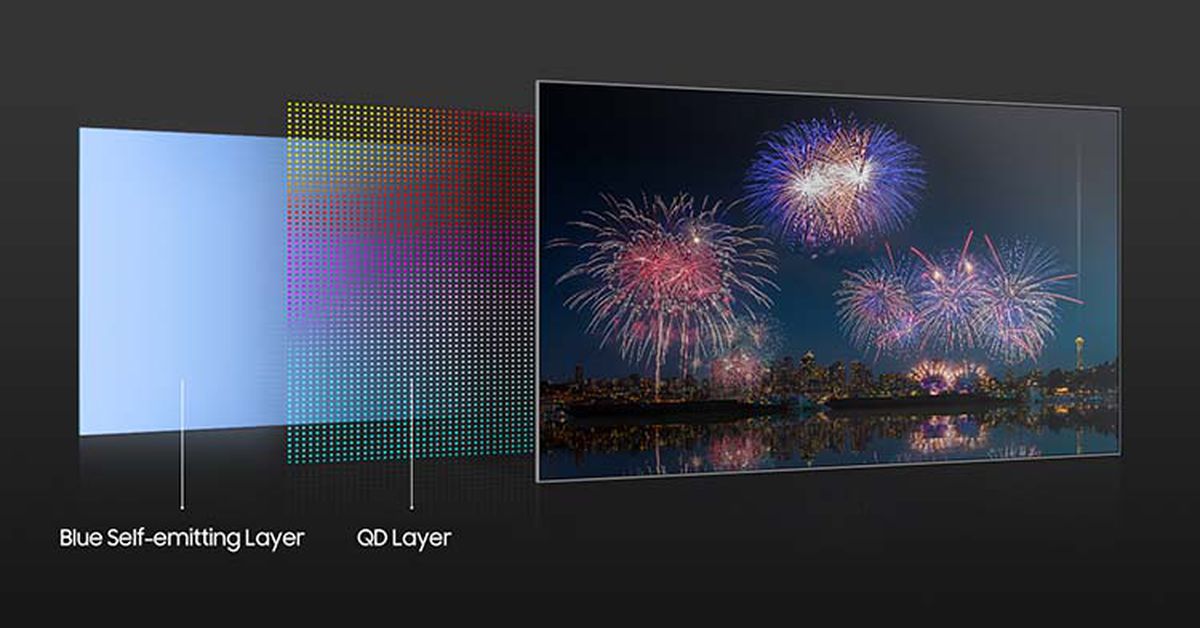
Samsung Display’s new QD-OLED panel can hit 1,000 nits brightness for improved HDR
They’re reportedly brighter, and more colorful.

That's interesting... Digital Trends reckon it will go up to 1500 nits peak brightness. 🙂
Samsung Display’s new QD-OLED panel can hit 1,000 nits brightness for improved HDR
They’re reportedly brighter, and more colorful.www.theverge.com
It’s a 1000 nits on a 10 per cent patch which is what OLEDs are traditionally measured on. Basically most OLED TVs can hit 1000 nits in dynamic mode picture setting on a 10 per cent patch too.That's interesting... Digital Trends reckon it will go up to 1500 nits peak brightness. 🙂
View: https://youtu.be/puFi2gILImg
It’s a 1000 nits on a 10 per cent patch which is what OLEDs are traditionally measured on. Basically most OLED TVs can hit 1000 nits in dynamic mode picture setting on a 10 per cent patch too.
I said in dynamic mode which is true.That isn't true though. For instance,
The LG C1 is around 750Nits at 10%
The HZ2000 from Panasonic is around 840Nits at 10%
The Philips 935 is about 690Nits at 10%
The Sony A9G is 600Nits at 10%
So no basically most OLED's cannot hit 1000Nits at 10%
I said in dynamic mode which is true.
The Sony as example gets to 750Nits so still 250Nits away. Yes the Panasonic gets close with it being around 920Nits but that is actually an outlier to most OLED panels and their 10% dynamic range. The G1 is actually also pretty solid performance wise around 830Nits.
The QN95A/90A, C1, A90J, X90J are all much similar with it much closer to the 750Nit figure than the 1k figure. It should be noted that also most at 1% and 10% are generally pretty close too so the 3% at 1500Nits is still impressive and likely means the range from 3% to 10% are generally better.
Dismissing 160Nits though is a little short sighted I feel personally.
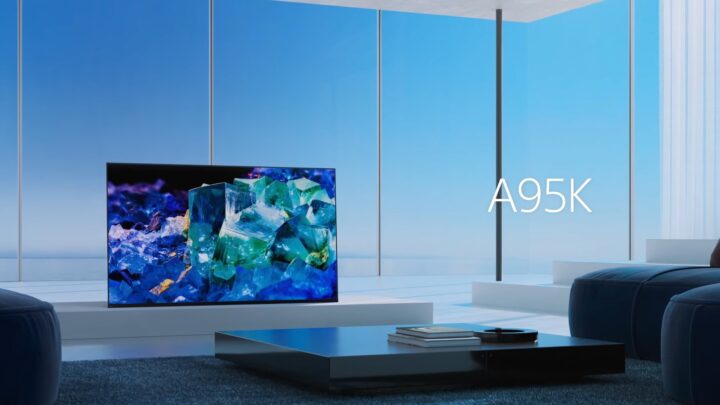
 www.sammobile.com
www.sammobile.com
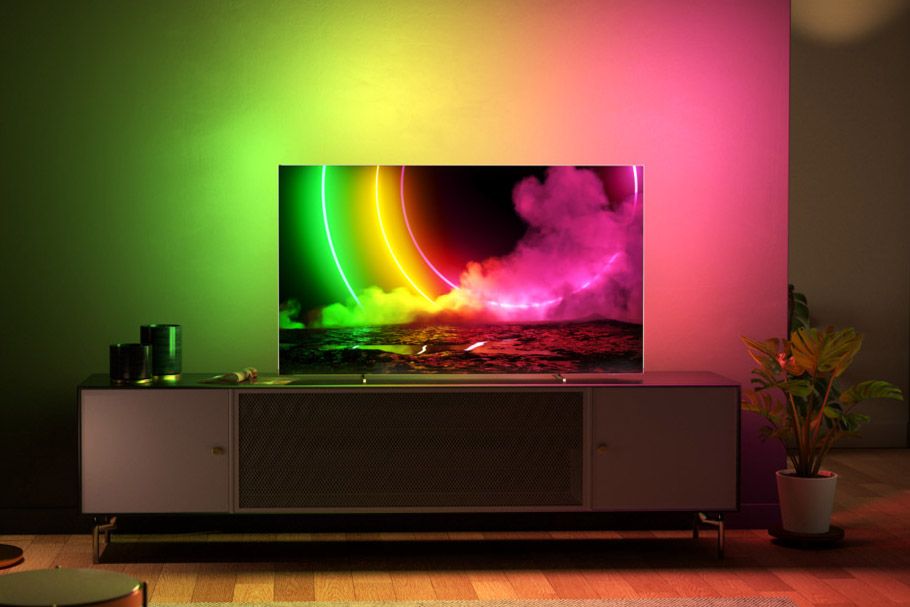
View: https://www.reddit.com/r/hardware/comments/p2h8sp/samsung_2022_oled_tv_specs_revealed_4k_1000_nits/
Samsung 4K OLED 1000 nits
LG G2 20-30 more brighter
Philips EX OLED model more brighter
Like the link says the difference in 150 nits is nothing which I already told you. In fact 250 nits difference is nothing too from what I have witness from my OLED purchases so for you to keep claiming 750 nits is not 1000 nits is short sighted in my opinion too of you. When the numbers of OLED TVs have hit far greater numbers too and will only get better.
I don't think things are proven one way or the other through YouTube links, though.
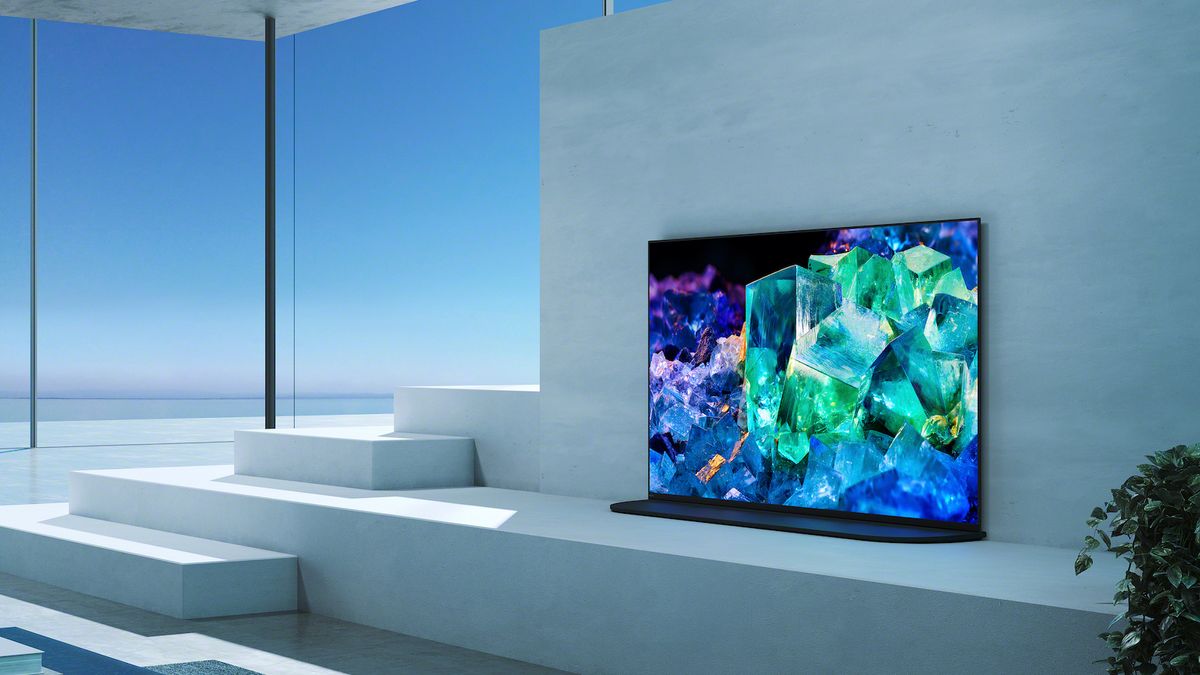
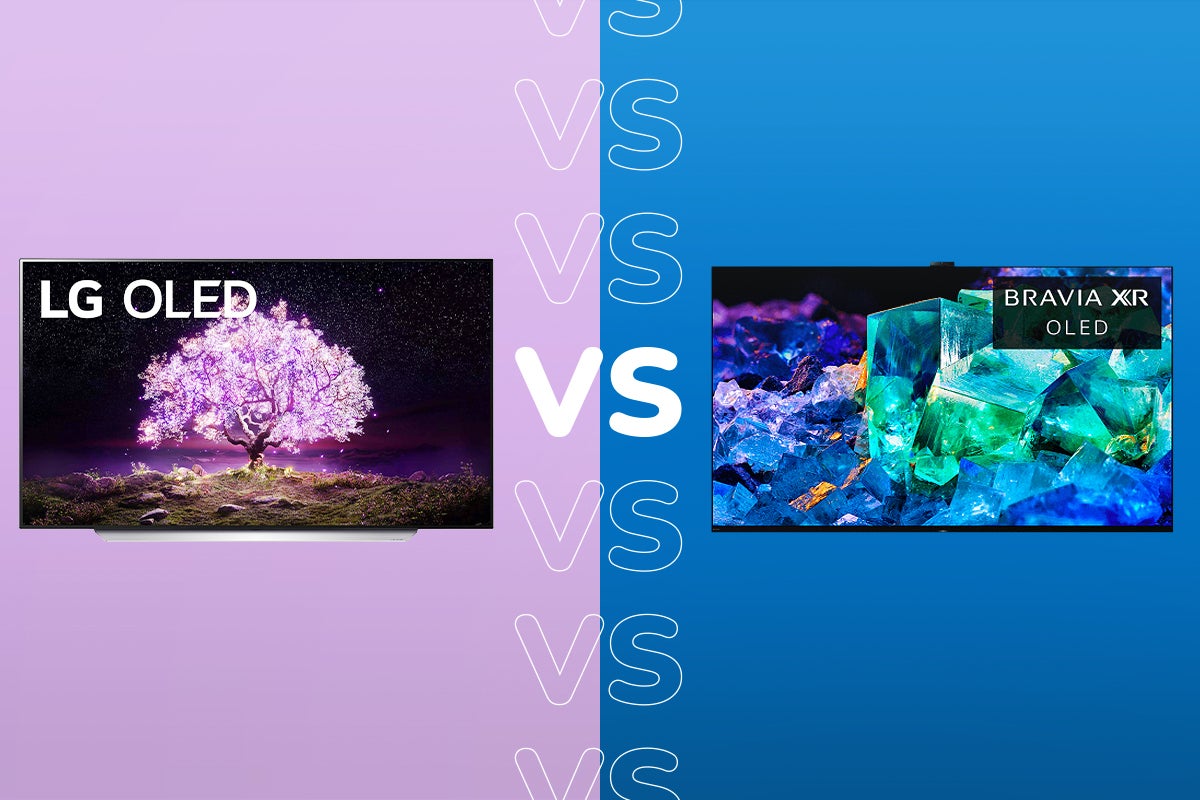
It's not about the entire screen going bright. One of the main aspects to HDR performance is creating realistic highlights. The brighter these small areas of the screen are, the better is the HDR performance. For example, a glint off an aircraft's metallic skin.Is having a mega-bright screen any practical benefit at home? Maybe for store settings, but surely not in a typical domestic environment?

That’s a really good point - I’d not grasped that, but it’s exactly what I see on Green Planet, as the sun glints off dew drops, for example. I get it now!It's not about the entire screen going bright. One of the main aspects to HDR performance is creating realistic highlights. The brighter these small areas of the screen are, the better is the HDR performance. For example, a glint off an aircraft's metallic skin.


